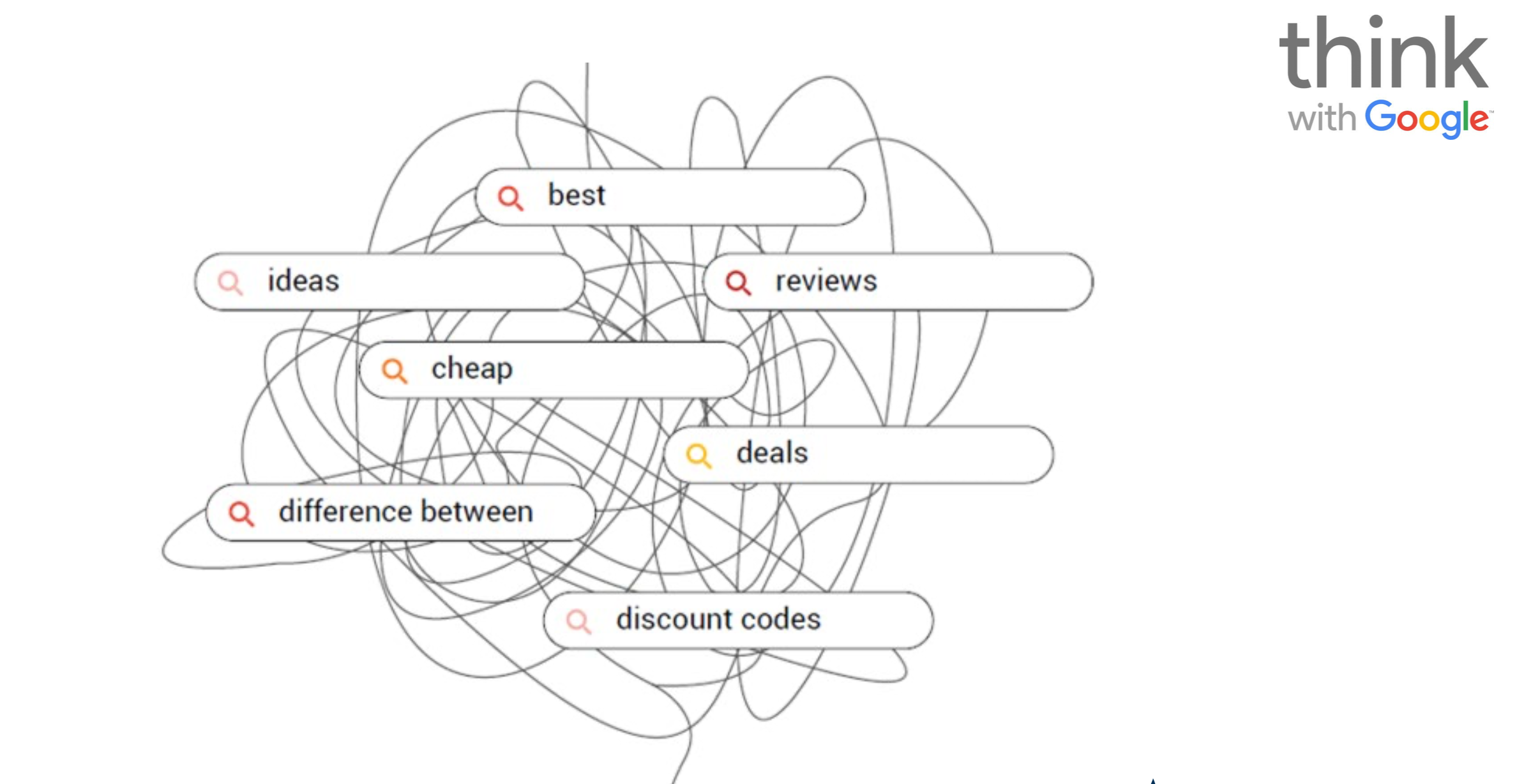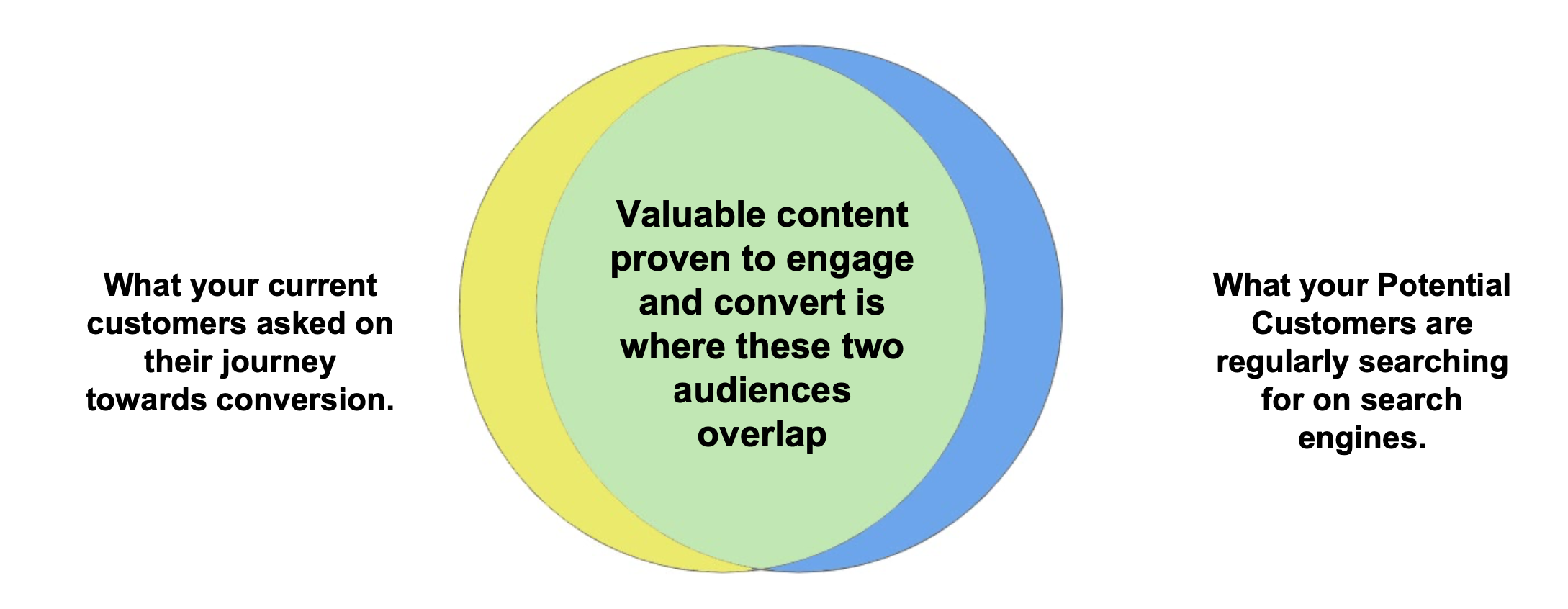You’ve created content for real shoppers to discover your store, but do you know if your hard work has been paying off?
Is your expensive, time-consuming long content and link building creating conversions and generating sales?
Most content is not driving conversions because it does not address how people search, their buying questions, nor what motivates those real people to buy.
On September 21, I moderated a webinar by Duane Sprague, Chief Marketing Officer of Shopper Approved, and James Arnold, Co-Founder of Answerbase.
They showed how to easily understand real-world shoppers’ search intents and create measurable, high-converting content that truly increases revenue.
Here is a summary of the webinar. To access the entire presentation, complete the form.
Key Takeaways
To understand real-world shopper intent and create high-converting content, you should:
- Automatically identify what your customers are asking and converting from.
- Publish that information in a Q&A format that organic search finds and indexes.
- Make sure visitors can easily see that content when they visit your site.
- Engage visitors and auto-suggest answers from product descriptions, specs, and Q&A.
- Optimize conversion tracking to uncover new content opportunities in the future.
Google’s Latest Content Update Summary
All three of Google’s latest updates (Helpful Content Update, September’s Core Update, and Product Review Update) are all saying the same thing:
Google wants to provide content that is useful and helpful to the consumer.
So if you are not answering a question, providing a solution, nor providing quality content, neither Google nor consumers will care. And it certainly isn’t going to drive conversions.
How To Create Content That Converts
Think about putting yourself in the mind of your target audience.
- What are they looking for?
- What are their problems and questions?
If you can answer those with quality, thoughtful, and accurate answers, then Google will care greatly about it.
Traditionally, you would ask your sales or customer service team what questions customers are asking, but sometimes, that can be hard to scale.
[Find out how to do this in a scalable way] Instantly access the webinar →
Know What Customers Are Searching For
To best answer customers’ questions, it’s essential to understand what they’re looking for.
Typically, your potential customers aren’t searching for your products directly.
Instead, they’re searching for questions that they want to be answered.
So your goal is to figure out these questions and create content that answers them.
[See how to use Google to provide better answers] Instantly access the webinar →
Understand Customer Intent
Begin to identify your customers’ high purchase-intent questions. These will be questions about your brand, category, and products that your future customers have throughout their buyer journey.
You can discover these questions by researching your customers, various search engines, and your competitors.
This approach gives you the proper phrases and questions people ask about your brand, product, or keywords, which naturally increases your chances of appearing in organic search results.
Know How Real-World SEO Helps
A Google study found that this mind map is how people search when they’re starting to shop.
They use search modifiers to find the right fit, answer, product, and solution.
 Shopper Approved, September 2022
Shopper Approved, September 2022
People don’t necessarily start high level and then end up with a price. Instead, they bounce back and forth here and there, but ultimately they will cover most search modifiers.
[Find out the 5 search modifiers used to get found] Instantly access the webinar →
Own The Entire Buyer Journey
Content and SEO efforts should start with providing helpful answers to real customer questions.
Here’s what people want to know in each part of their journey:
- Top Funnel: Broad solutions.
- Mid Funnel: Solution or product category.
- Bottom Funnel: Specific products.
[See the specific questions asked in each level] Instantly access the webinar →
Publish Helpful Content
You can create valuable, helpful content when you know what your current customers are asking and what your potential customers are looking for.
 Shopper Approved, September 2022
Shopper Approved, September 2022
The sweet spot is in between, and technology makes it much easier to quickly identify what these questions are.
Where do you start?
Step 1: Identify your current customer’s questions.
Step 2: Fill in any “Customer Content Demand” gaps.
[Dive deeper into each step] Instantly access the webinar →
Effectively answering your customer’s questions and leveraging that helpful content leads to new visitors and conversions to your site.
By matching specific Q&A information to conversions, you’re also better informed on when investing in expanded content is profitable.
[See real-world SEO in action] Instantly access the webinar →
[Slides] Real-World SEO: How People Search, Shop & Buy Online
Here’s the presentation:
Join Us For Our Next Webinar!
Measuring Marketing Effectiveness: What You Need To Know
Shaubhik Ray, Senior Director of Digital Analytics at iQuanti, explains how you can improve your ability to predict the success of your marketing programs.
Image Credits
Featured Image: Paulo Bobita/Search Engine Journal
